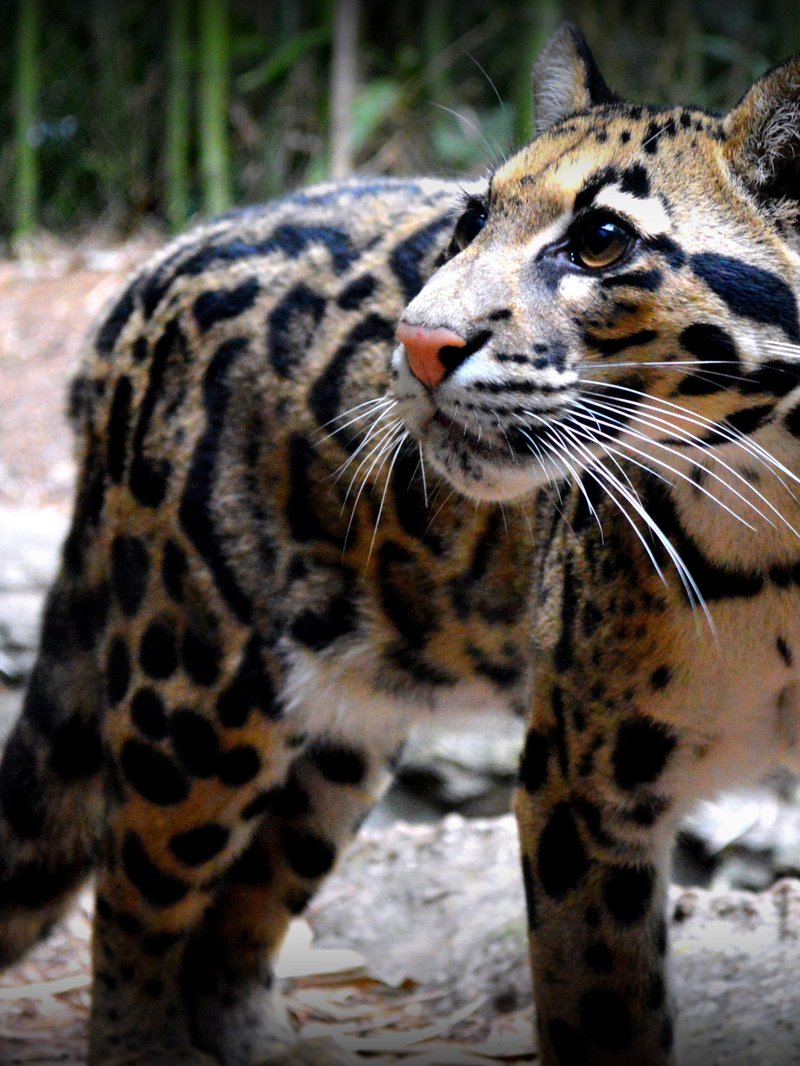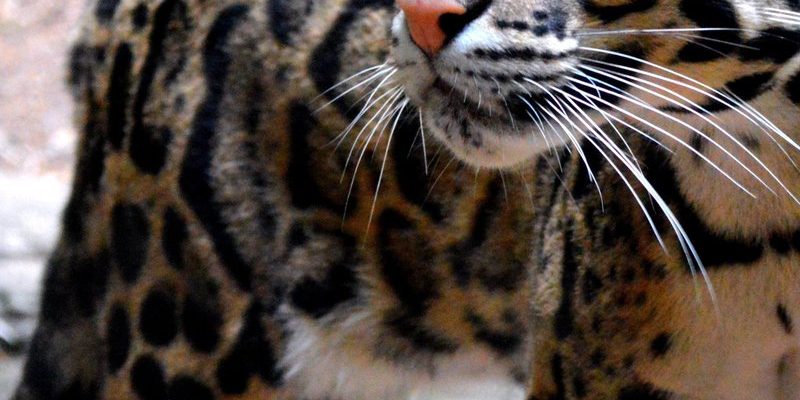
Imagine sipping tea while learning about a cat that’s both mythical and real, enchanting generations with its beauty and strength. The clouded leopard isn’t just a big cat; it’s an emblem of mystery, power, and sometimes even the supernatural. Let’s dive into how this enchanting animal is woven into the fabric of different cultures, exploring its symbolism, stories, and significance.
The Clouded Leopard’s Origins in Folklore
The clouded leopard has a rich background in the folklore of Southeast Asia. Many cultures see it as a guardian spirit or a fierce protector. For instance, in some tribal tales in Malaysia, it’s said that the clouded leopard can take on human form. This shapeshifting ability often symbolizes transformation and the connection between humans and animals in spiritual journeys.
Moreover, these big cats have appeared in various indigenous stories as majestic hunters. Their ability to silently stalk prey makes them a powerful symbol of stealth and courage. In the tales of the indigenous Bornean tribes, the clouded leopard is revered for its strength and agility, often depicted as a guide for hunters and warriors. It teaches resilience and respect for nature, reminding people of the delicate balance between humans and wildlife.
Symbolism in Asian Cultures
In different parts of Asia, the clouded leopard embodies various symbols and meanings. For some, it’s a representation of beauty and grace, while for others, it signifies strength and determination. In traditional Chinese culture, leopards, in general, are often associated with bravery. They are seen as guardians against evil spirits and bad luck. The unique clouded pattern of this leopard also adds an element of mystique, making it a favorite subject in art and literature.
Additionally, in some Buddhist traditions, the clouded leopard is a symbol of spiritual enlightenment. Its elusive nature suggests that true understanding often requires patience and observation. Just like the leopard itself, wisdom can be found in quiet moments of reflection, showing that sometimes, it’s the gentle approach that leads to deeper insights.
Clouded Leopards in Art and Literature
You might be surprised to learn that the clouded leopard has inspired numerous art forms, from ancient sculptures to modern illustrations. In many Southeast Asian temples, you can find carvings depicting these beautiful creatures. They often represent protection and the power of nature, serving as reminders of wildlife’s importance in maintaining ecological balance.
In literature, the clouded leopard features in folktales and stories, portraying themes of bravery, cunning, and survival. Authors and poets have drawn from the cat’s enchanting qualities to symbolize the beauty of nature, often weaving intricate plots around its mysterious persona. If you look closely, you might even see these themes reflected in children’s stories, where the clouded leopard is often depicted as a clever protagonist.
Modern Interpretations and Protectiveness
In today’s world, the clouded leopard stands as a symbol of conservation efforts and wildlife protection. As its habitat faces threats from deforestation and poaching, the animal has become a focal point in campaigns aimed at raising awareness. Organizations dedicated to wildlife conservation often use the clouded leopard to highlight the importance of preserving biodiversity and the delicate ecosystems they inhabit.
This modern representation extends beyond just conservation. The clouded leopard also inspires many to appreciate and respect wildlife, urging people to become more involved in environmental issues. Its unique qualities—adaptability and strength—remind us of the resilience needed in facing today’s environmental challenges.
The Clouded Leopard: A Cultural Icon
Over the years, the clouded leopard has transformed into a cultural icon, embodying the stories and dreams of many communities. It serves as a bridge between human narratives and the natural world, reminding us that our fates are intertwined with that of wildlife.
You might find the clouded leopard featured in fashion, branding, and even as a mascot for various environmental organizations. Its unique spots and stunning appearance captivate people, making it a favorite for merchandise and awareness campaigns. This trend helps ensure that more people are aware of the beauty of the natural world and the need to protect it.
The clouded leopard is more than just a striking big cat; it’s a powerful symbol in cultures and folklore. From guardianship to conservation, its representation reflects the complexity of the relationship between humans and nature. As we learn more about this majestic creature, we recognize its significance in our shared stories and the urgency to protect its habitat.
So, the next time someone mentions the clouded leopard, remember the rich tapestry of culture and lore that surrounds this mysterious feline. It’s not just a beautiful animal prowling the forests—it’s a living emblem of our connection to the natural world. Embracing this legacy means appreciating the stories, respecting the wildlife, and advocating for a future where both humans and leopards thrive together.

